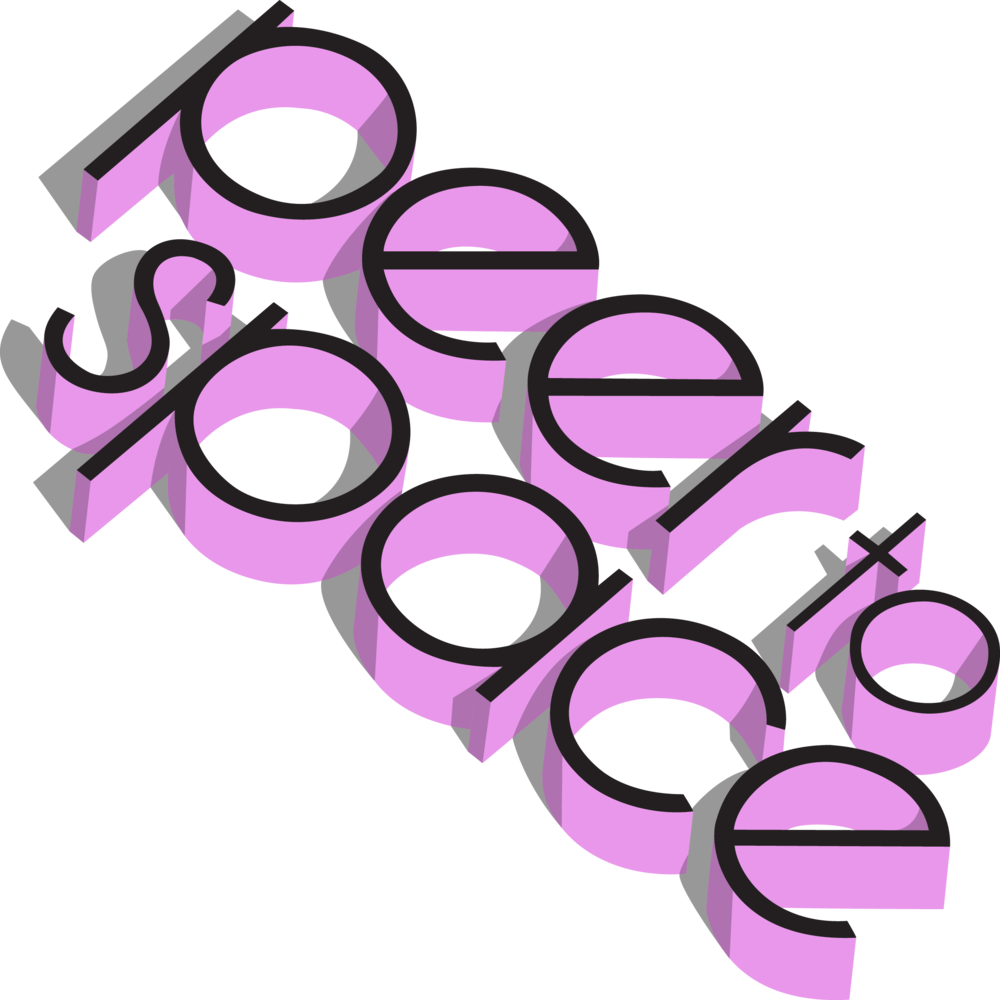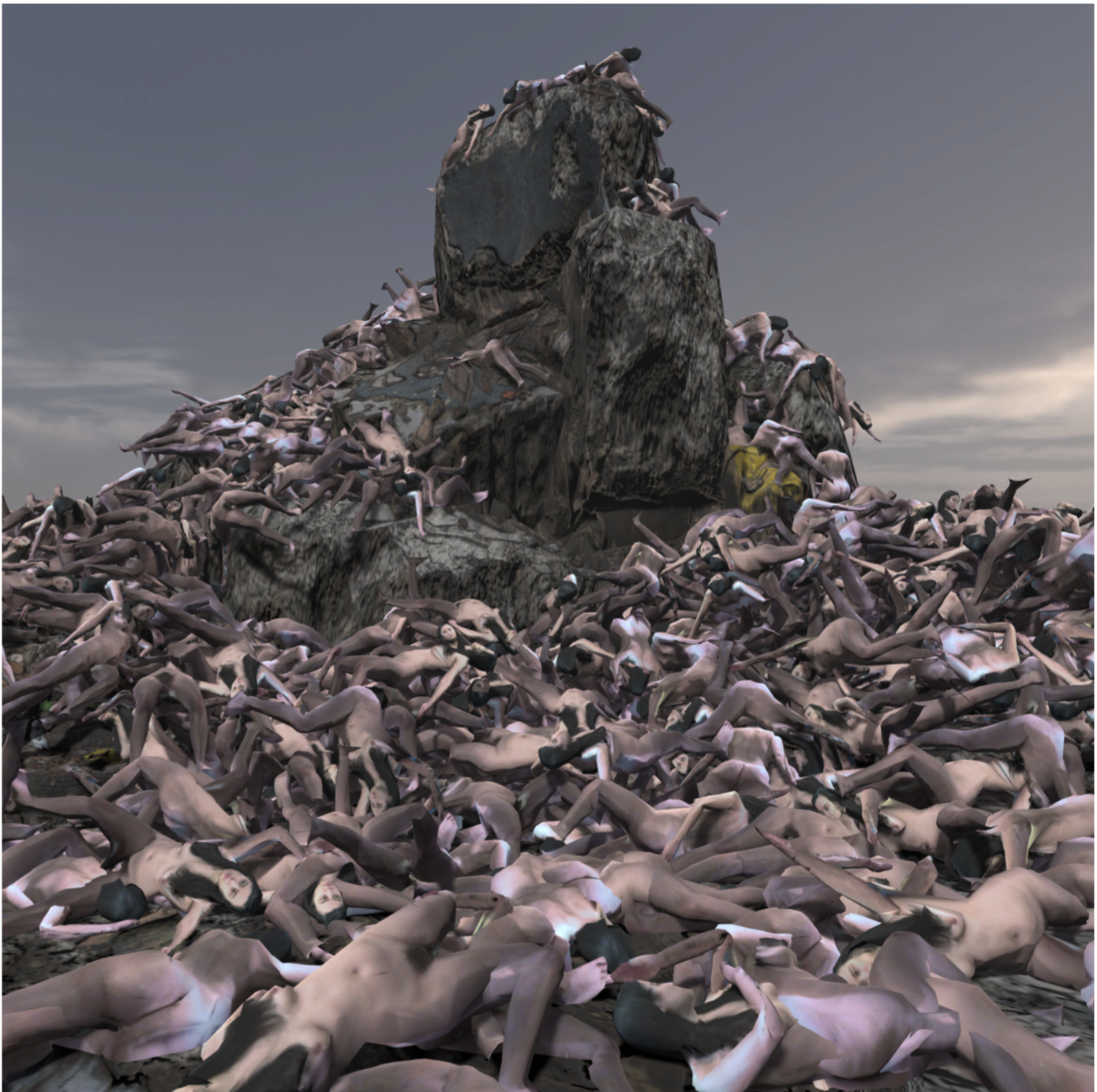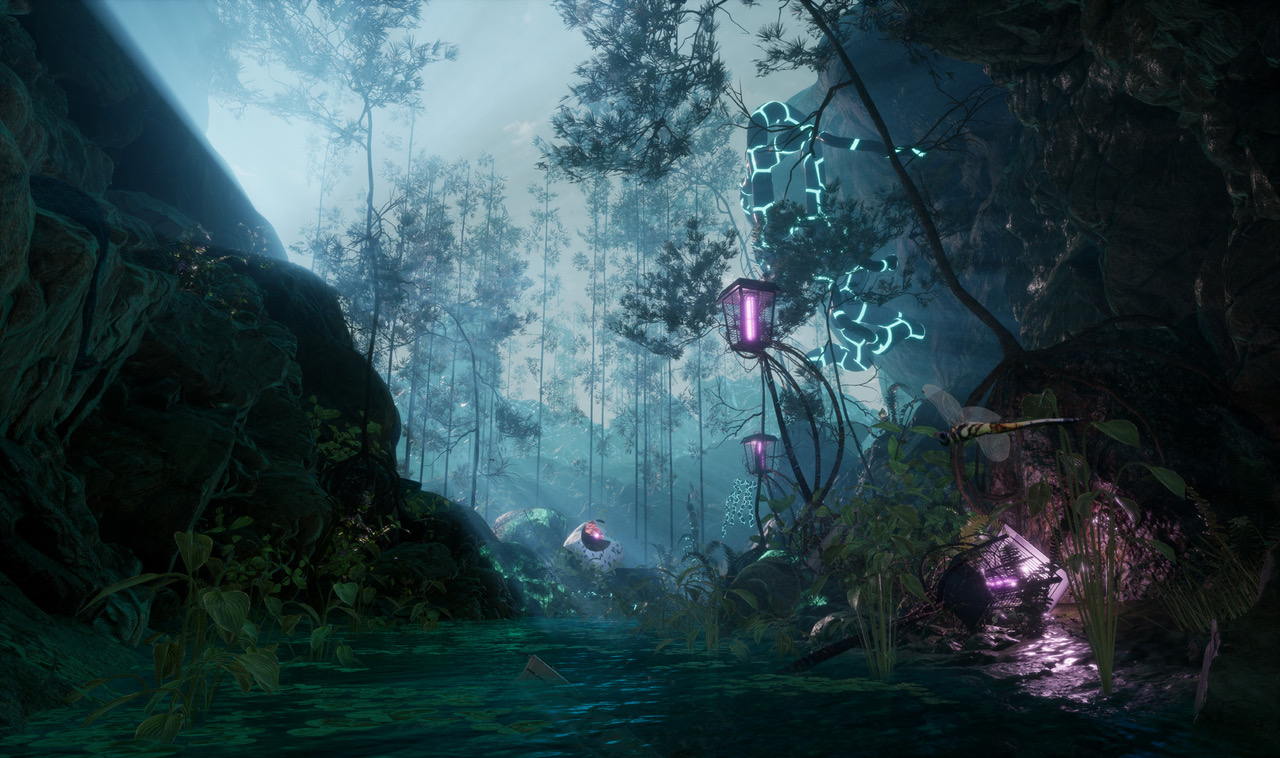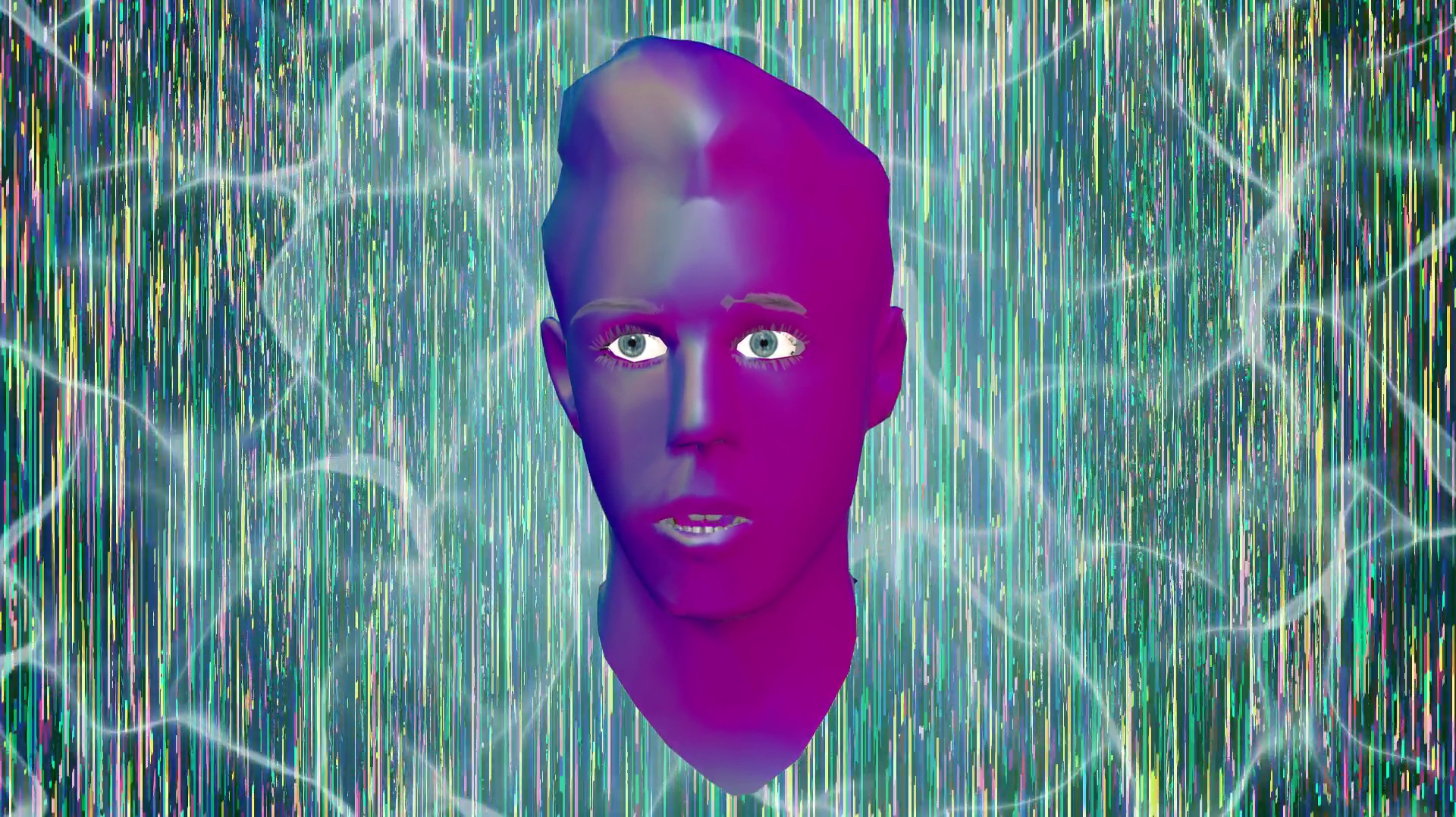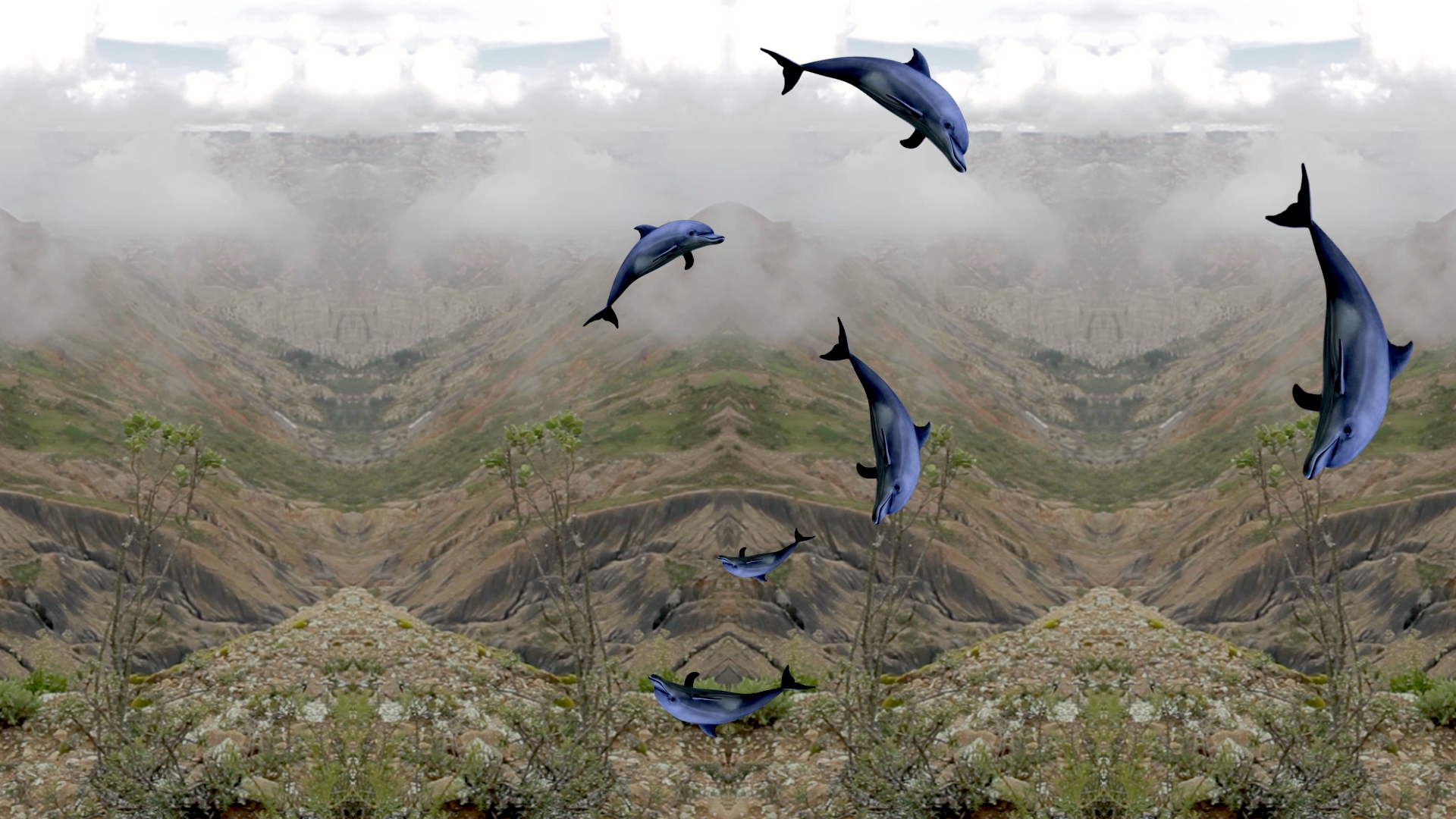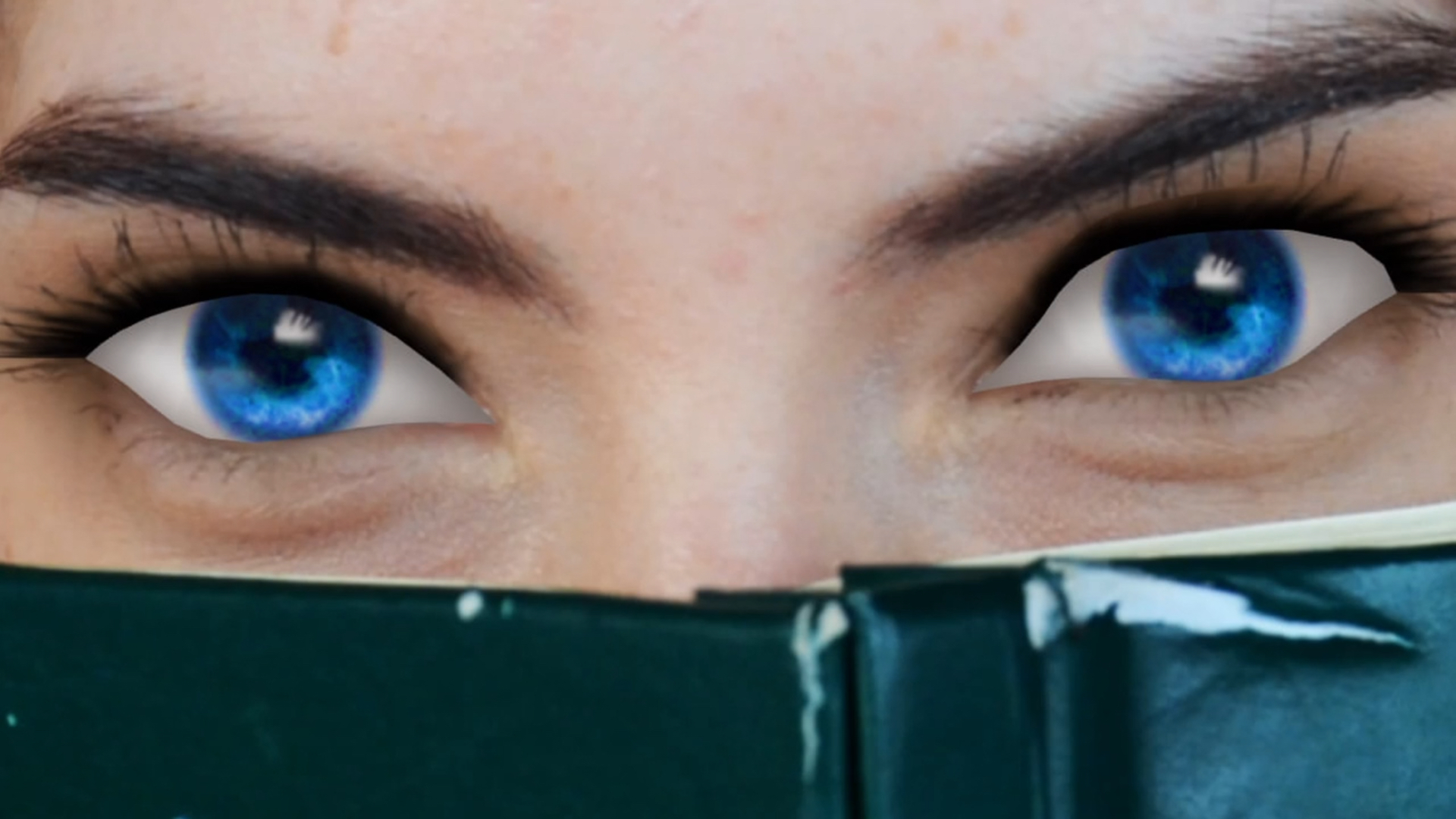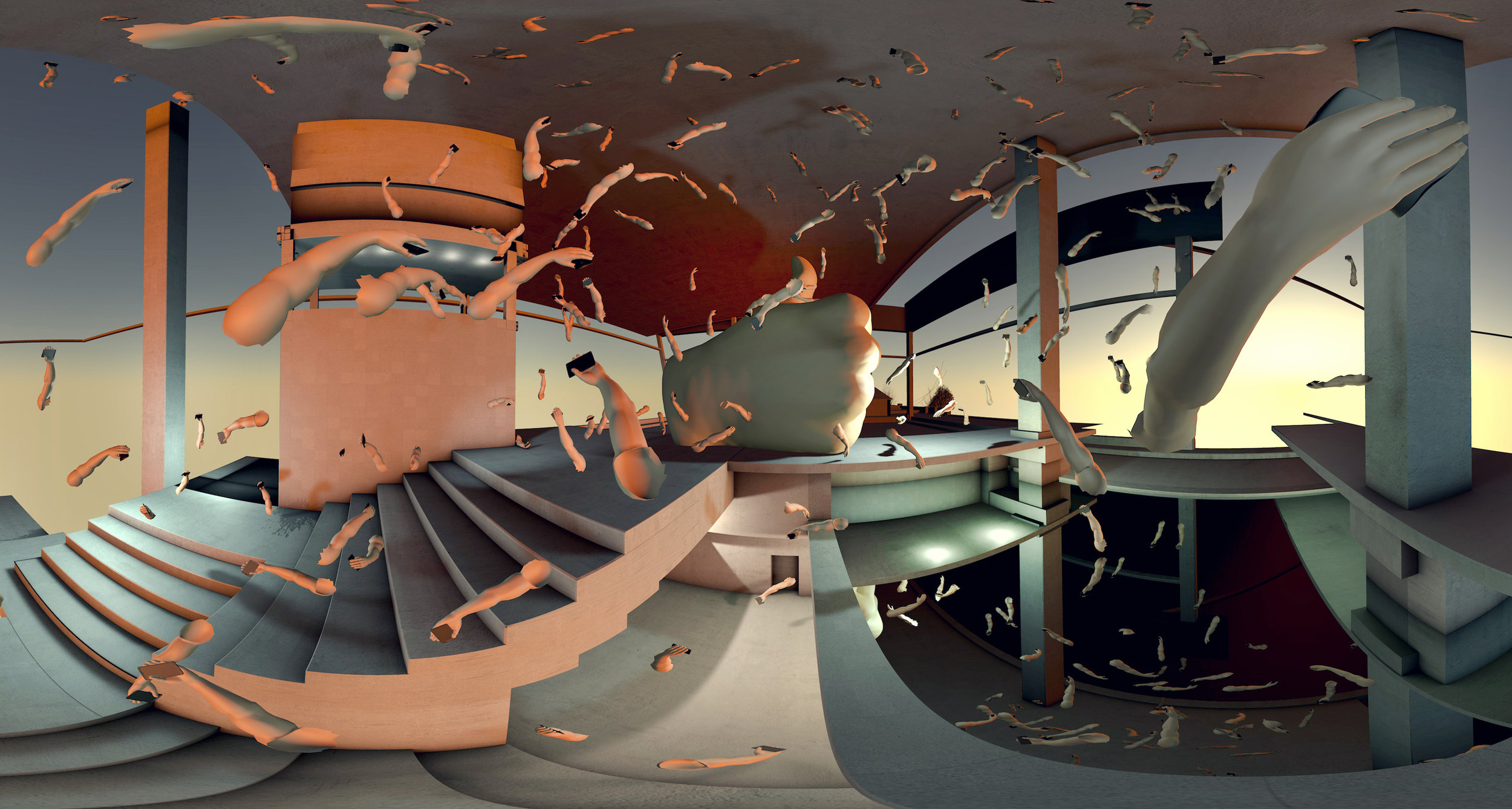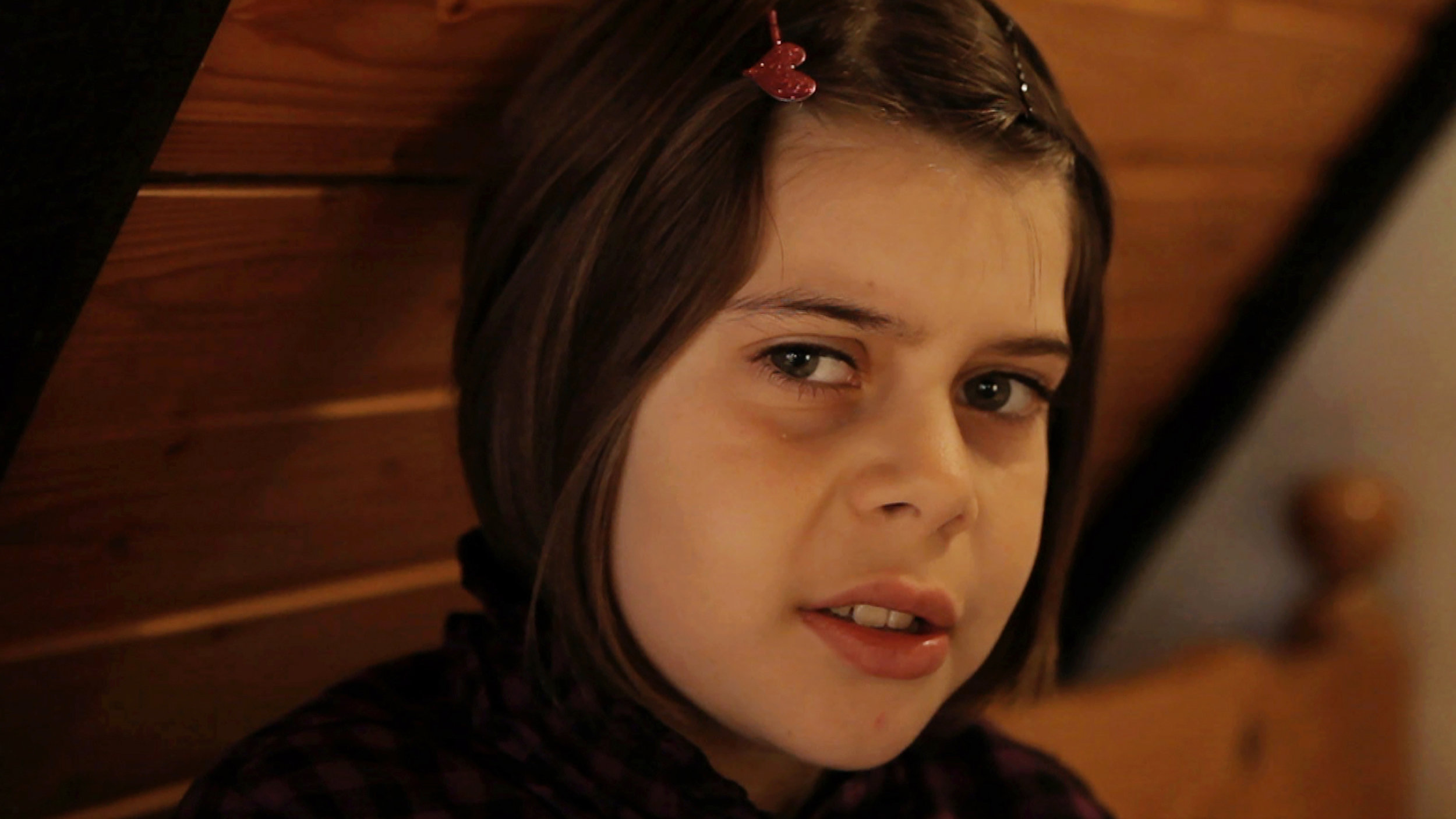Date: May 23, 2019, 6 pm (doors open)
Location: Grüner Salon, Volksbühne, Berlin
Tickets on Eventbrite // Event on Facebook
In the digital age, the digital is no longer only digital. Digital aesthetics entered real space long ago, and new technologies such as Virtual Reality or Augmented Reality are producing new art forms. Curating takes place on and offline, in exhibition spaces, websites or on social media. Art is now even sold over Instagram. Museums use digital tools to promote their exhibitions. Art and life are now increasingly intertwined outside of the museum and the White Cube.
The evening’s speakers will introduce their various subject areas and thereby will sketch an exciting picture of the post-digital art scene in Berlin. The talks will be given in English or German.
Speakers:
Antje Akkermann, Curator of Media, Ethnological Museum and Museum of Asian Art in the Humboldt Forum
Alma Alloro, Artist
Tilman Baumgärtel, Author, journalist, professor for Media Science, University of Applied Sciences, Mainz
Philip Hausmeier, Co-founder, RadianceVR.co
Janne Nora Kummer, Director, performer, multimedia artist, member of the artist collective virtuellestheater
Wolf Lieser, Director, DAM
Peggy Schoenegge, Board member, medienkunstverein.com
Anika Meier, Art scholar, author, curator
Daniel Neugebauer, Head of Department of Communications and Cultural Education, HKW
Nina Roehrs, Director, Roehrs & Boetsch
Manuel Rossner, Artist and founder of Float Gallery
Sakrowski, Curator, panke.gallery and member of 21cc
Since 2015 the lecture series PECHA KUCHA ART NIGHT has been organized and moderated by Tina Sauerlaender (peer to space) and Yvonne Zindel (Performing Encounters).
More information about the event.
More information about the previous PECHA KUCHA ART NIGHTS.
Technobodies is curated by Yvonne Zindel, who explores the possibilities of the digital in art and design, cultural hacks, and digital forms of mediation in a research-based and artistic way. Since 2014 she has regularly been negotiating topics such as AI and hacking in her series Performing Encounters. The series addresses scenarios for the exchange and genesis of ideas at the interface of art and science, in the intimate yet public setting of the Grüner Salon. The interplay between data and our bodies will be explored. In doing so, the imaginary contradiction between analog and digital is reflected upon critically, and the informal exchange from the digital hub will be brought back to the analog salon—and vice versa.
